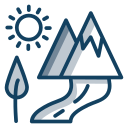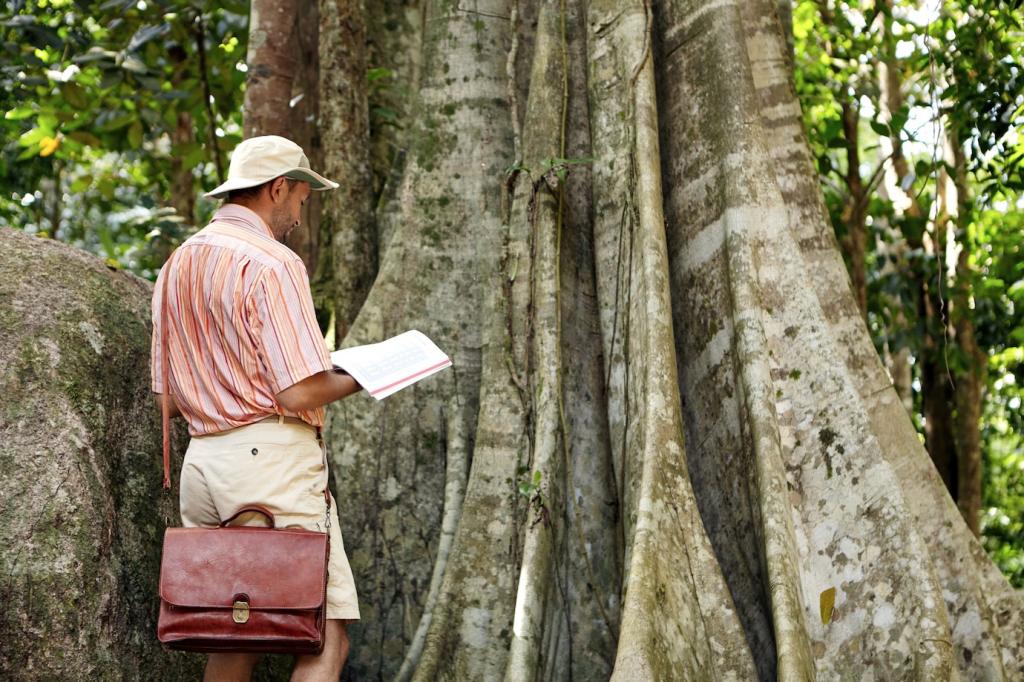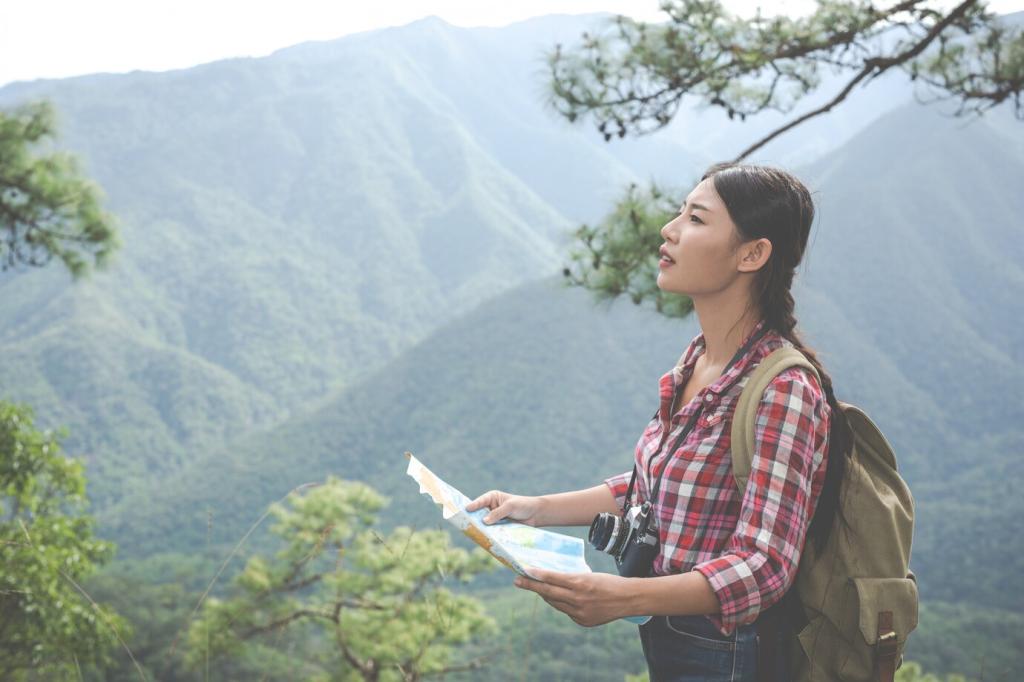Rangers: The Frontline Guardians
A ranger once described hearing owls fade as the first elk bugled, a quiet checklist of a healthy dawn. Have you joined a ranger walk? Share your favorite lesson learned and thank a ranger in the comments today.
Rangers: The Frontline Guardians
From camera traps to drones and acoustic sensors, technology helps detect poachers and monitor species. What tool surprised you most on a park visit? Tell us, and consider supporting ranger gear funds through official nonprofit partners.


